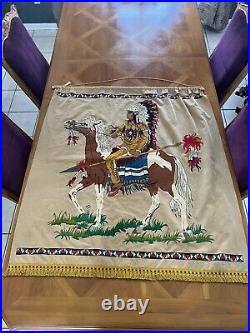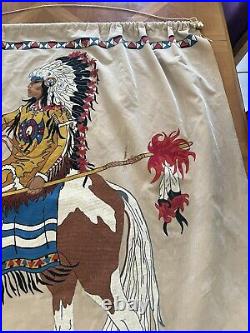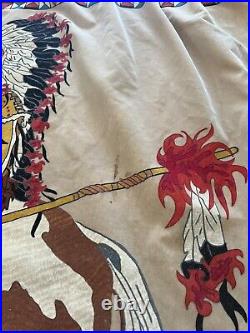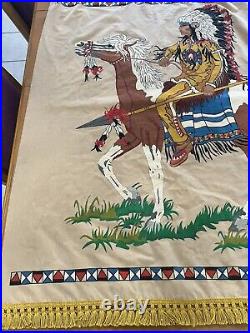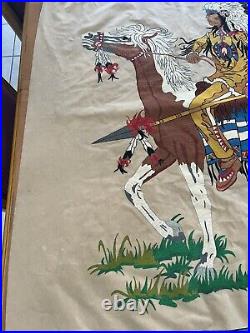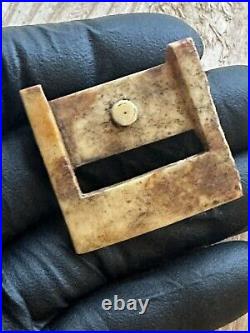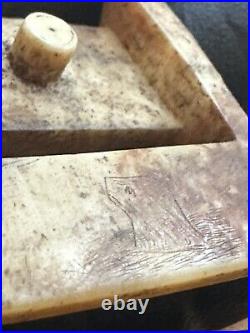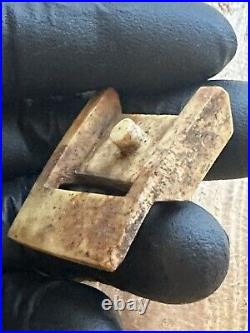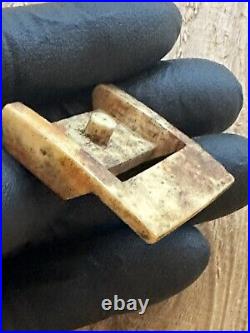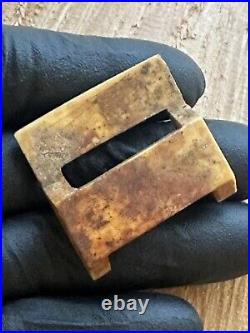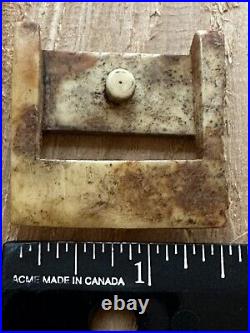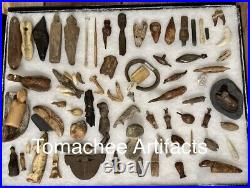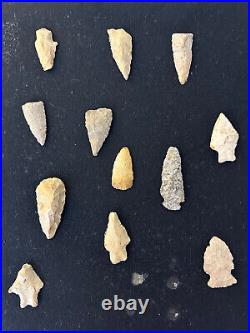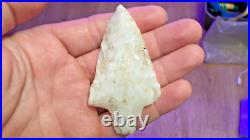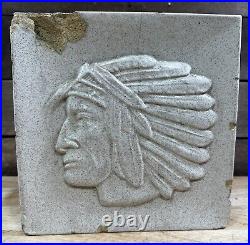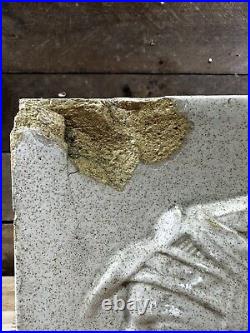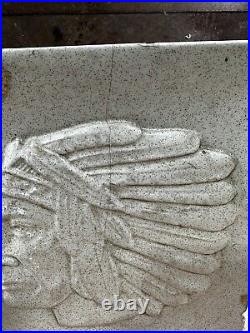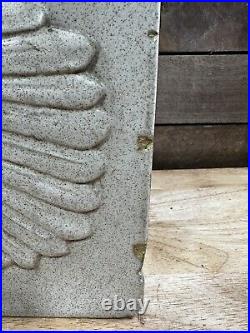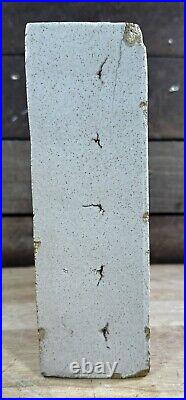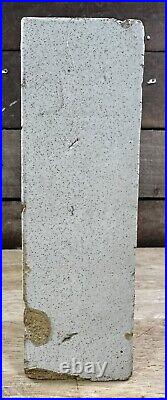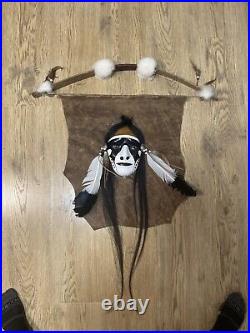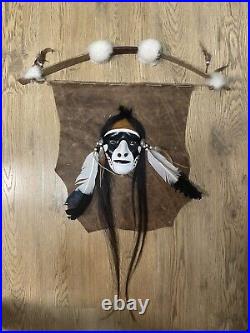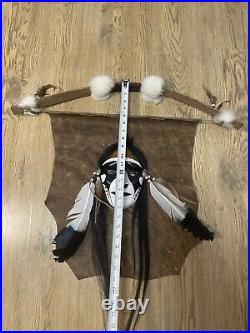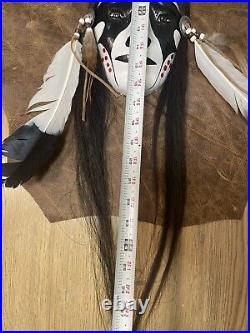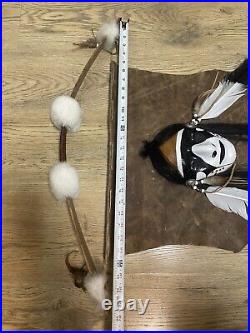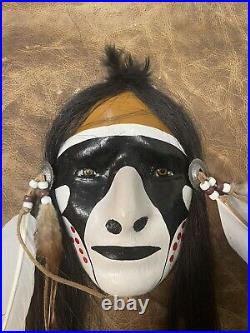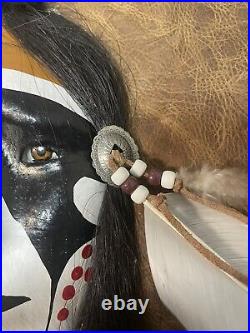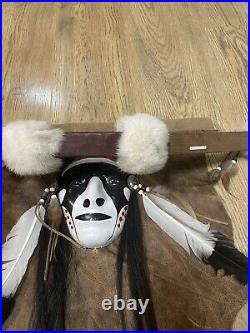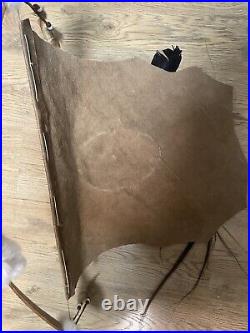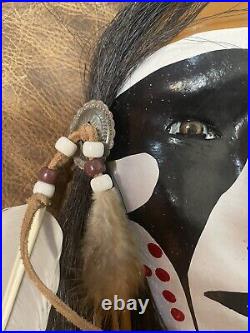
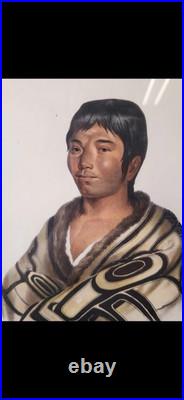
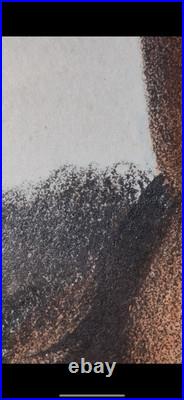

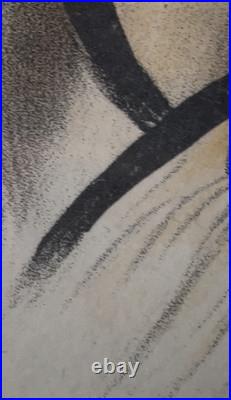
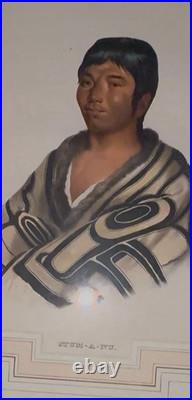
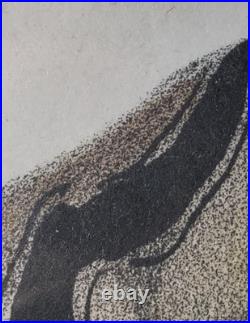

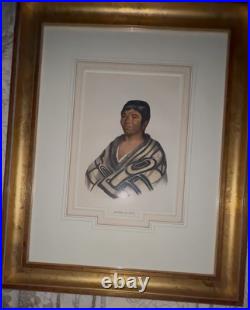
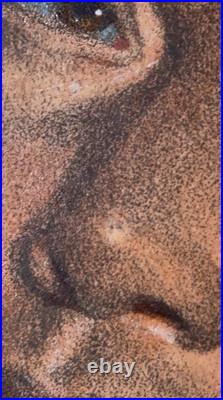




This is a rare hand colored FRAMED lithograph titled’Stum-a-Nu’ or’Flat Head Boy’. The lithograph depicts a Native American boy from the Flathead tribe, showcasing Native American culture in the mid-19th century. The artwork is a collectible piece that provides a glimpse into the history and representation of Native American individuals during that time period. Stumanu a Flat-Head Boy The Chinnooks are a tribe of Indians inhabiting the shores of the Columbia river, near the Pacific ocean. They practise the savage custom of flattening the foreheads of their infants by means of a board applied to that part, whence they are called Flatheads by the whites, from the book’ History of the Indian Tribes of North America with biographical sketches and anecdotes of the principal chiefs. Volume 2 of 3 by Thomas Loraine, McKenney, and James Hall Esq. Published in 1842 Painted by Charles Bird King. Centerpiece(s)-Inches: 11.5×15. Frame(s)-Inches: 15×18.5. The McKenney & Hall Octavo Pl. 74, Stum-ma-nu; A Flat-head Boy depicts the Indigenous American wearing traditional and colonial garb. This antique original hand-colored lithograph is printed on creamy paper. Own a piece of history with this Indigenous American portrait! About the History of the Indian Tribes of North America. First published in three volumes between 1838 and 1844, the History of the Indian Tribes of North America captures 125 portraits of Native American chieftains, orators, and translators who engaged in territorial negotiations with the U. The project was initiated by Thomas Loraine McKenney, the Superintendent of Indian Affairs, and James Hall, who authored the corresponding text. The project records the likeness and biography of many of the Native individuals who acted as liaisons between their tribes and the United States federal government during the period of negotiation before President Andrew Jackson endorsed the Indian Removal Act in 1830. As a result, the History of the Indian Tribes of North America is unique in that it records the struggle and resilience of many Native American diplomats who sought to combat the U. Possession of their land. Produced in miniature between 1842 and 1858, the octavo edition of History of Indian Tribes in North America measures approximately 10 1/2? X 6 1/2? And contains 125 portraits of Native American chieftains, orators, and translators from the 19th century. These richly hand-colored lithographs are today one of the most important and attractive 19th-century American ethnographic works created. About Thomas Loraine McKenney and James Hall. Thomas Loraine McKenney was the Superintendent of Indian Affairs at the time of President Andrew Jackson’s endorsement of the Indian Removal Act in 1830, causing him to witness the mass displacement of Native American tribes from their homelands. With James Hall, McKenney initiated a project to document the likeness and biographies of 125 Native American chieftains, orators, and translators who engaged in territorial negotiations with the U. Government during this time. The project was titled History of the Indian Tribes of North America and published in three volumes between 1838 and 1844.


















